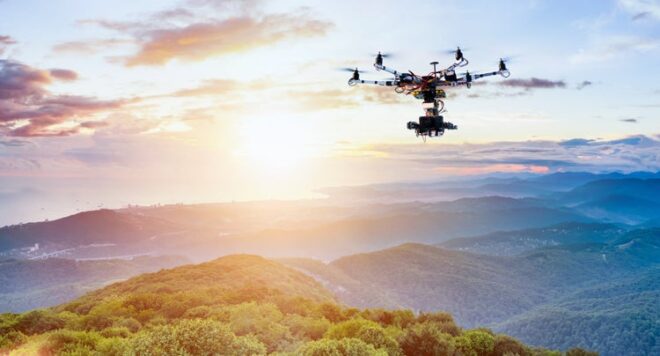How Do I Create Depth In Drone Photography?
How do you create depth in your drone photography to make your images stand out? Understanding the concept of depth in photography is crucial for capturing visually engaging aerial shots. In this article, we will explore various techniques and tips to help you add depth to your drone photos. Let’s get started!
Understanding Depth in Photography
When it comes to photography, depth refers to the visual layers in an image that create a sense of dimension and distance. In drone photography, creating depth is especially important since you are capturing scenes from a bird’s eye view. By incorporating depth into your images, you can make your photos more visually appealing and captivating.
Depth Cues in Photography
There are several key elements that can help create a sense of depth in your drone photography. Understanding these depth cues and how to manipulate them will allow you to compose stunning aerial images.
● Perspective:
Choose interesting angles and perspectives when framing your shots to create a sense of depth. Experiment with different heights and distances to add layers to your composition.
● Foreground, Midground, Background:
Incorporate elements in your photo that fall into these three categories to create depth. Having objects of varying sizes and distances in each of these areas will give your image a sense of dimension.
● Leading Lines:
Utilize natural or man-made lines in the scene to guide the viewer’s eye through the image. Leading lines can create a sense of depth by drawing attention to the different layers within the frame.
Tips for Creating Depth in Drone Photography
Now that you have a better understanding of the concept of depth in photography, let’s explore some practical tips for adding depth to your drone photos.
● Fly at Different Altitudes:
Experiment with flying your drone at various altitudes to capture scenes from different heights. Lower altitudes can help you highlight details in the foreground, while higher altitudes can emphasize the vastness of the landscape.
● Use the Rule of Thirds:
Apply the rule of thirds to your composition by placing key elements along the intersecting lines of the grid. This technique can help create balance and depth in your drone photography.
● Incorporate Shadows and Light:
Pay attention to the play of light and shadows in your aerial shots. Shadows can add depth by creating contrast and defining the shapes of objects in the scene.
● Include a Point of Interest:
Having a focal point in your photo can anchor the viewer’s attention and create a sense of depth. Whether it’s a landmark, a person, or a unique element, make sure to include something that stands out in your composition.
● Experiment with Depth of Field:
Adjusting the depth of field in your drone camera settings can help you control which areas of the image are in focus. Playing with shallow and deep depths of field can create a sense of depth by highlighting specific elements in the scene.
● Contrast and Color:
Use contrasting colors and tones to add depth to your drone photography. Bright colors can pop against muted backgrounds, while dark shadows can create depth by adding dimension to the image.
Enhancing Depth in Post-Processing
In addition to capturing depth in-camera, you can also enhance the sense of dimension in your drone photos during post-processing. Editing software allows you to fine-tune your images and make adjustments to further emphasize depth.
● Adjust Contrast and Saturation:
Increase the contrast and saturation in your drone photos to make colors more vibrant and details more defined. Enhancing these elements can help create a more dynamic and visually appealing image with added depth.
● Utilize HDR Imaging:
High Dynamic Range (HDR) imaging can help you balance the exposure in your aerial shots and bring out details in both the highlights and shadows. This technique can enhance the depth in your drone photography by revealing more nuances in the scene.
● Dodge and Burn:
Dodge and burn tools in editing software allow you to selectively lighten and darken areas of your image. By strategically applying these techniques, you can emphasize depth by enhancing shadows and highlights in the photo.
● Crop and Frame:
Adjusting the crop and framing of your drone photos can also help enhance the sense of depth. By cropping out distractions and focusing on key elements, you can create a more impactful composition that draws the viewer into the scene.
● Add Texture and Layering:
Experiment with adding texture and layering effects to your drone images in post-processing. By blending different elements and textures, you can create a more complex and visually interesting composition with enhanced depth.
Conclusion
Creating depth in your drone photography is all about understanding the key elements that contribute to a sense of dimension and distance in your images. By utilizing techniques such as perspective, leading lines, and composition principles like the rule of thirds, you can capture stunning aerial shots that stand out.
Experiment with different altitudes, lighting conditions, and post-processing techniques to enhance the depth in your drone photography. Remember that practice and patience are key to mastering the art of creating depth in your aerial images. Keep exploring new perspectives and pushing the boundaries of your creativity to elevate your drone photography to new heights.

